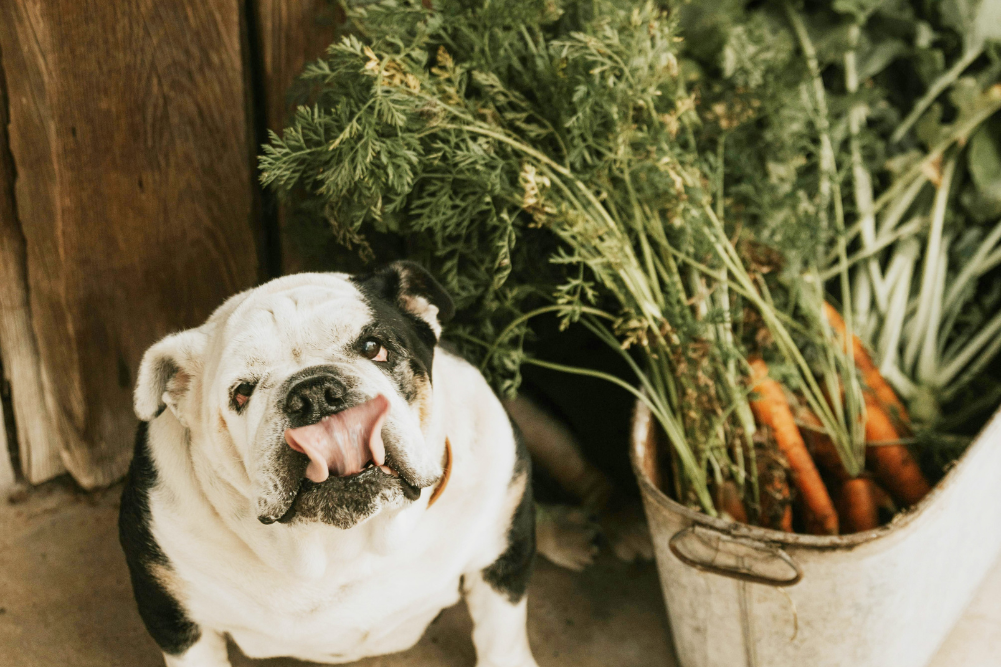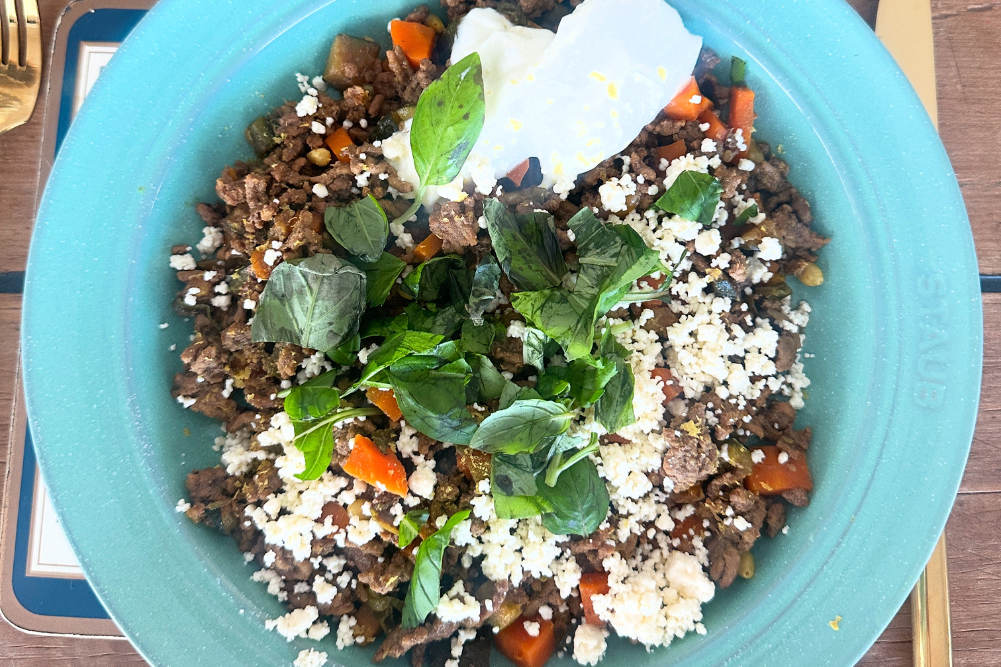How to Grow and Enjoy Spinach: Tips and Tricks from a Vegetable Enthusiast
I grew up with “spinach”, and yes, the inverted commas are appropriate. It was really silver beet, grown in the Queensland heat, with enormous dark green leaves that were almost as tough as carpet and needed thorough boiling, though possibly not as long as my mother boiled them for. Mum always put veggies in a large pot of water in case the phone rang and she didn’t get back to the stove for 40 minutes or so, though if she was in a hurry she might just splodge a heap of dark green semi-cooked leaves on one side of the plate. At least our jaws got lots of exercise.
I rediscovered silver beet at Mr Doo’s next door: stir-fried leaves, chopped stems and all, with various sauces. It was a mystery how Mr Doo could produce something so delicious in a few minutes when my mother’s efforts looked more like something the dog had brought up.
These days, I love silver beet. It grows in the heat and cold when other veggies give up. If the weather’s hot and dry and the leaves are a bit tough, remove the veins and stems and just keep the green. Purée it in soup, or chop finely for stir-fried dishes, or even pizza, or for spinach and ricotta triangles and the thousand other ways silver beet and other tough greens have been used.
I loved silver beet so much once I learned to use it well that I never bothered much with English spinach. Anything spinach can do, silver beet does better, though with less fuss and more of it.
And then it rained. It has been raining most days for the last two years. And our English spinach had grown into vast, tender green leaves that taste sweet and I’m making all my silver beet recipes again, but this time using the spinach they were designed for.
They are fabulous. Pass me another spinach triangle darling, and some more spinach frittata.
How to grow spinach
Spinach needs water. I have finally learned that spinach doesn’t just “need enough” to make it grow — lots of water and regularly is required. This helps the soil stay moist to get flagrantly soft leaves.
Plant your leaves at any warm time of year, when there’ll be at least eight weeks till frost. Feed it well. The more you feed spinach, the more it will feed you, but don’t put fertiliser on dry soil or, if you do, water it in well. Compost, of course, grows the best spinach possible, both in taste and quality of leaf, but spinach is fairly tolerant when it comes to plant tucker. Pick as soon as the leaves are big enough.
You can also try “baby spinach” for salads. Sprinkle seed thickly, feed and water well, then pick the leaves when they’re the size of your little finger or smaller. A box of baby spinach can be grown on a sunny patio or even during winter in a box or pot near the hottest, brightest spot in the house. With care, you can keep harvesting it for 12 months.
Spinach and silver beet can be grown in pots, too. Try the coloured vatiety, with its red, pink and bright yellow stems, in a row in pots against a warm sunny wall, or by the sunny railing on the patio, or even on the window sill or a window box, for greens any time you want to pluck them.
If you don’t mind slightly tougher forms of spinach, there are a lot to choose from. Warrigal spinach is native to Australia. In a hot wet year vines can literally grow a metre across the lawn, or climb up the veggie garden fence. It easily grows wild, so I never bother growing it; just look for wherever it has sprung up this year and pick the youngest and most tender tendrils. It does need blanching: dip it in boiling water for 30 seconds then throw out the water to get rid of some of its high levels of oxalic acid. It can then be cooked in any way you like — it has enough structural integrity even to be stir-fried after its dunking. It’s tougher-leaved than either spinach or silver beet.
The various varieties of aibika (Abelmoschus manihot) are excellent for subtropical to tropical climates. There’s also a red-stemmed variety which I haven’t tried. You can also grow it as an annual in temperate areas. Our only attempt grew strongly in summer but vanished with the first breath of cold. Okinawa spinach (Gynura crepioides) is possibly the fastest-growing green of all, but once again, it needs tropics, water and tucker.
Brazilian spinach (Alternanthera sissoo) is also known as “poor man’s spinach”. It grows prolifically in wet, tropical areas, in a bright green mound, but is not really worth trying in cooler climates.
Ceylon spinach (Basella alba) is also a perennial in frost-free areas but tolerates more cold than Brazilian spinach. It’s a climber, so let it wind its way up your garden fence or trellis. Give it plenty of food and water.
Egyptian spinach (Corchorus olitorius) is another for the tropics and subtropics but will also grow in temperate areas. It’s a fast-growing annual up to about a metre tall, with yellow blooms. The young leaves can be eaten in salads. This makes it sound like the perfect green veggie, but it can also be slightly bitter. If you have a choice, grow spinach instead, or warrigal spinach if you need something faster and more productive, and grow one of the many kinds of lettuce for salads.
When your spinach and silver beet go to seed, try cutting them back to the stem for a few months. They should begin producing new leaves and new seed heads. Eat the leaves, keep cutting them back, and by late spring they may possibly forget about seeding and give you another year of delightful greens. No guarantees, but it’s fun when it happens.








